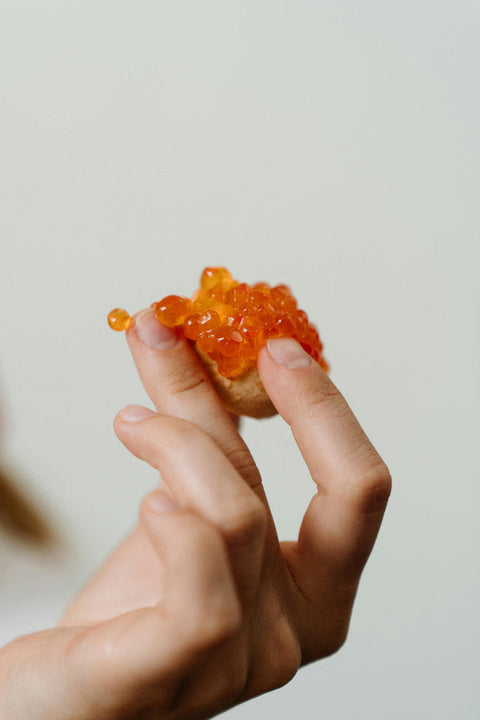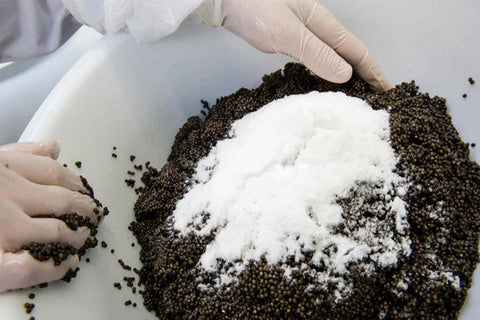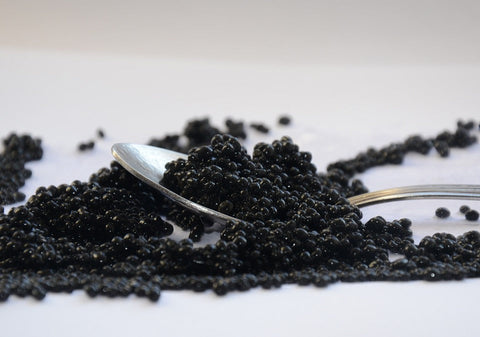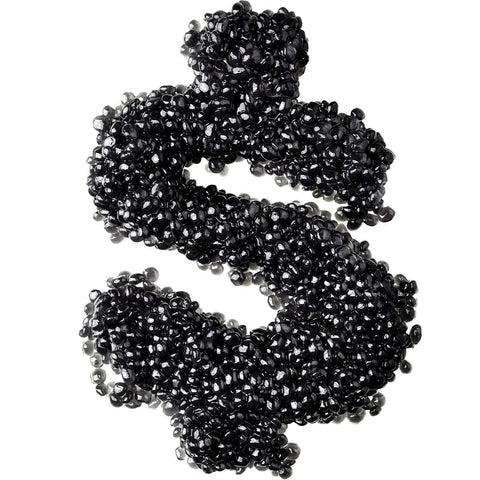News
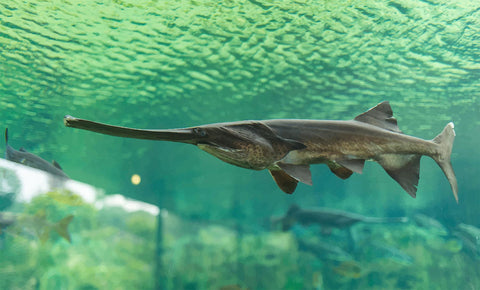
The American paddlefish (Polyodon spathula) is one of nature’s most remarkable relics—a living fossil that...

It’s National Caviar Day—a celebration of one of the world’s most luxurious delicacies! Recognized each...

Gluten-free doesn’t mean flavor-free—and it certainly doesn’t mean you have to skip out on caviar....


